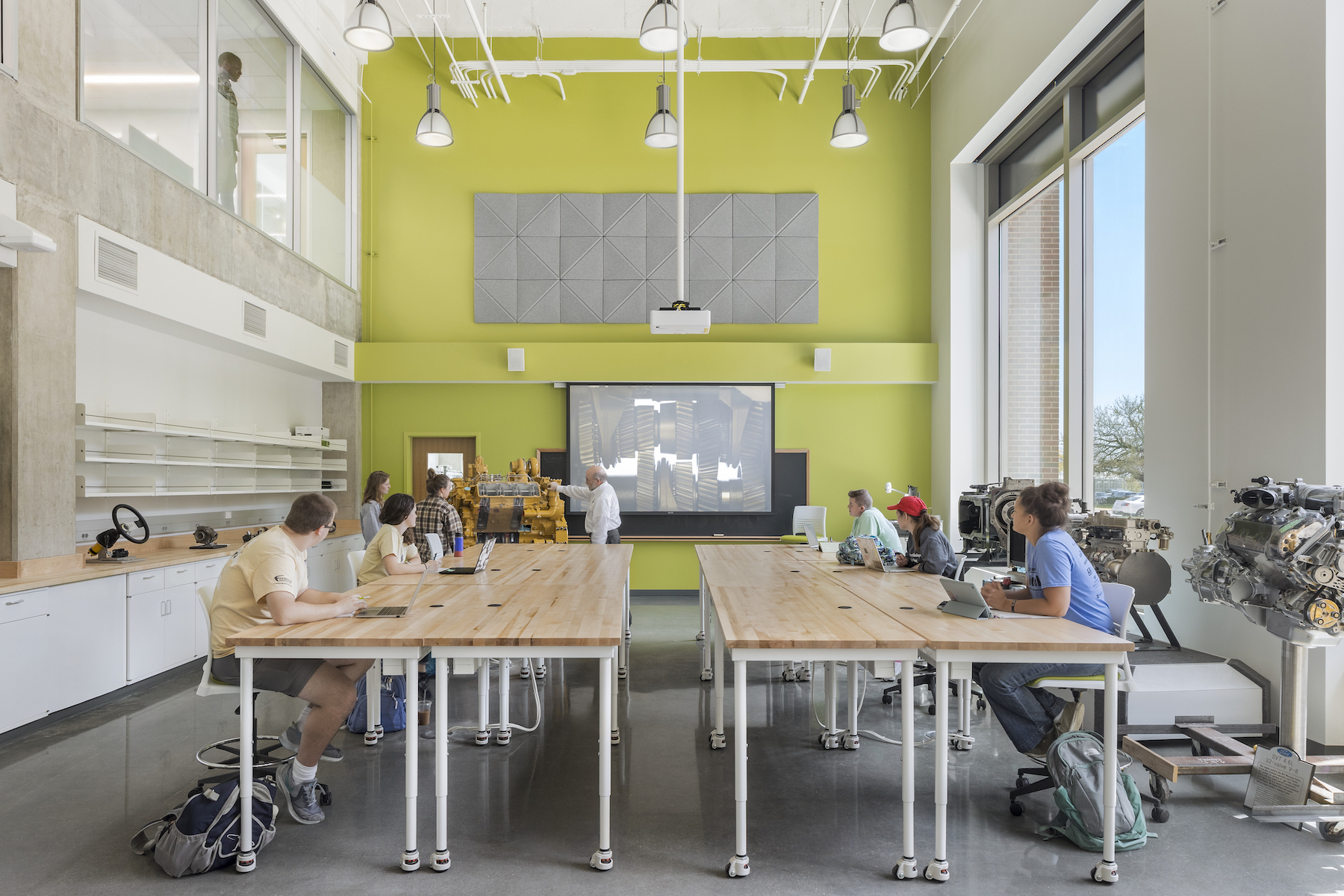While the debate persists among office workers and employers on when and how “return to work” will occur as the COVID-19 pandemic wanes, there is little doubt about what the nation’s 19.7 million college and university students are planning to do this fall.
They want out of mom and dad’s house. They want to be back on campus. And, it’s not up for debate, according to a survey of more than 1,500 college students by student housing developer and manager Core Spaces. The study, conducted among residents of Core Spaces properties across 14 states, showed that an overwhelming majority—92 percent—said they wanted to come back to campus when classes began for the spring 2021 semester, up from 89 percent in the fall 2020 semester. Moreover, nearly 88 percent said that they planned to go back to campus even if online/distance learning protocols were still in place. (Core Spaces has not released data for the fall 2021 semester, but we surmise that this sentiment will hold true.)
The rush back to campus places the pressure squarely on higher education institutions to maintain health and safety protocols campus-wide to help prevent the spread of the coronavirus. In fact, public health and safety just might be the new in-demand amenity at U.S. universities and colleges, according to a research study on college/university selection factors by JLL’s Higher Education team.
The JLL survey asked 500 parents of high school-aged children who are currently evaluating higher education institutions to rank their top selection factors for choosing a school. Not surprisingly, “quality of academics” and “affordability of college or university” were cited most often by parents. The eye-opener was number three on parents’ wishlist—“campus cleanliness and indoor air quality”—which was cited as an “important” or “somewhat important” factor in the selection process by 84 percent of respondents. IAQ/cleanliness outranked more traditional selection factors like location, campus housing options, financial strength of the school, diversity of the student body, and commitment to sustainability.
Admittedly, most parents—59 percent—said that they did not consider campus air quality a factor prior to the COVID-19 pandemic. Ron Gregory, JLL Higher Education’s Executive Vice President North America, believes that prospective students and their parents will demand “the highest standards around cleanliness and air quality” from their school of choice.
JLL says cleanliness extends to the overall look and feel of the campus and the physical condition of the buildings. Nearly nine in 10 respondents—88 percent—said the physical condition of buildings was important; 86 percent for campus condition.
“While transparency around campus cleanliness and air quality remains top of mind, the way prospective students and their families perceive the health and safety of the campus based upon appearance could also play a pivotal role in the decision process,” the study’s authors wrote.
The survey also sheds light on the growing importance of sustainability on college campuses. More than a fifth of parents—21 percent—indicated that the pandemic raised their awareness of a school’s overall commitment to sustainability.
Related Stories
| Aug 11, 2010
Giants 300 University Report
University construction spending is 13% higher than a year ago—mostly for residence halls and infrastructure on public campuses—and is expected to slip less than 5% over the next two years. However, the value of starts dropped about 10% in recent months and will not return to the 2007–08 peak for about two years.
| Aug 11, 2010
Team Tames Impossible Site
Rensselaer Polytechnic Institute, the nation's oldest technology university, has long prided itself on its state-of-the-art design and engineering curriculum. Several years ago, to call attention to its equally estimable media and performing arts programs, RPI commissioned British architect Sir Nicholas Grimshaw to design the Curtis R.
| Aug 11, 2010
Setting the Green Standard For Community Colleges
“Ohlone College Newark Campus Is the Greenest College in the World!” That bold statement was the official tagline of the festivities surrounding the August 2008 grand opening of Ohlone College's LEED Platinum Newark (Calif.) Center for Health Sciences and Technology. The 130,000-sf, $58 million community college facility stacks up against some of the greenest college buildings in th...
| Aug 11, 2010
University of Arizona College of Medicine
The hope was that a complete restoration and modernization would bring life back to three neoclassic beauties that formerly served as Phoenix Union High School—but time had not treated them kindly. Built in 1911, one year before Arizona became the country's 48th state, the historic high school buildings endured nearly a century of wear and tear and suffered major water damage and years of...
| Aug 11, 2010
Cronkite Communication School Speaks to Phoenix Redevelopment
The city of Phoenix has sprawling suburbs, but its outward expansion caused the downtown core to stagnate—a problem not uncommon to other major metropolitan areas. Reviving the city became a hotbed issue for Mayor Phil Gordon, who envisioned a vibrant downtown that offered opportunities for living, working, learning, and playing.







